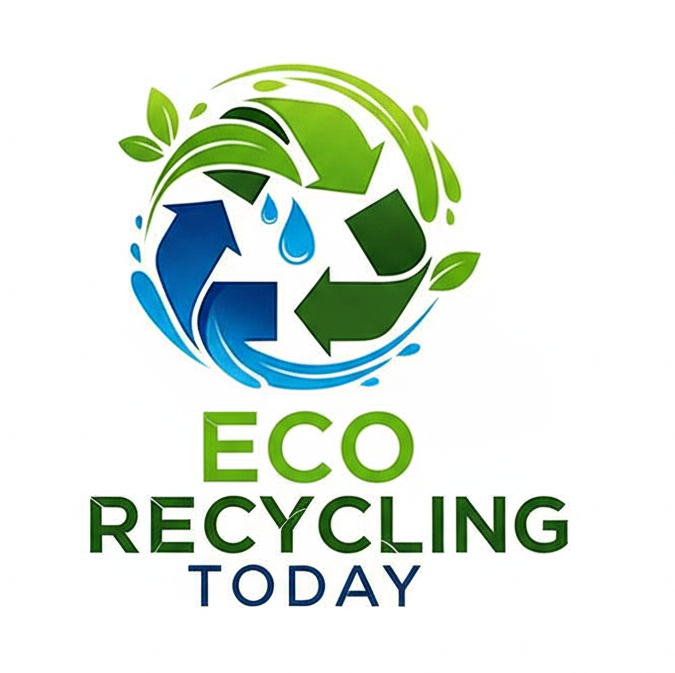As global waste levels continue to rise, cities and industries are searching for innovative solutions to manage municipal solid waste (MSW) more efficiently. One of the most effective and sustainable technologies gaining momentum is the RDF Processing Plant.
Refuse-Derived Fuel (RDF) offers a smart way to convert non-recyclable waste into valuable fuel for cement kilns, power plants, and industrial boilers. We’ll break down how RDF processing works, the benefits it offers, and why more municipalities and private companies are investing in RDF plants today.

What Is an RDF Processing Plant?
An RDF Processing Plant is a facility that processes sorted municipal solid waste (MSW) or industrial waste into Refuse-Derived Fuel (RDF). RDF consists of combustible components like plastics, paper, textiles, and packaging waste that are shredded, dried, and baled or pelletized to be used as alternative fuel.
How RDF Processing Works
A typical RDF plant includes several stages designed to efficiently separate and process waste:
1. Pre-Sorting
Removes oversized items and hazardous materials to ensure only suitable waste enters the system.
2. Shredding
Reduces waste size using industrial shredders, making it easier to handle and sort.
3. Magnetic Separation
Extracts ferrous metals using magnets, helping improve RDF quality and recover valuable scrap.
4. Air Classification
Separates light combustible materials (like plastics and paper) from heavier, inert materials.
5. Drying System
Removes moisture to increase the calorific value of the final RDF product.
6. Pelletizing or Baling
Processes RDF into compact, easy-to-handle forms for transport and fuel use.
Benefits of an RDF Processing Plant
Waste Volume Reduction
Significantly reduces landfill dependency and waste volume by up to 80%.
Alternative Energy Source
RDF is a low-cost, renewable fuel option for cement plants, thermal power stations, and incinerators.
Environmental Compliance
Helps municipalities meet government regulations on waste diversion and emissions.
Revenue Generation
Processed RDF can be sold to industries seeking green energy alternatives.
Sustainable Resource Management
Promotes circular economy practices by transforming waste into usable energy.
Where Is RDF Used?
Refuse-Derived Fuel is used in:
- Cement kilns – for high-temperature combustion
- Waste-to-energy power plants
- Industrial boilers – as a replacement for coal or oil
- Sustainable construction and manufacturing
Ideal Candidates for RDF Plants
- Municipal solid waste (MSW) authorities
- Industrial parks and special economic zones
- Waste management companies
- Cement and energy production facilities
- Countries with landfill bans or limited landfill space
RDF vs Landfilling:
Landfilling contributes to greenhouse gas emissions and consumes valuable land resources. In contrast, RDF provides a more eco-friendly and efficient way to manage non-recyclable waste while generating energy.
An RDF Processing Plant is more than just a waste management solution—it's a key pillar of sustainable energy and environmental responsibility. As the world shifts toward greener practices, RDF offers an effective bridge between waste reduction and energy production.
Whether you're a government body, private investor, or industrial operator, now is the time to explore how RDF can transform your waste into energy—and opportunity.
